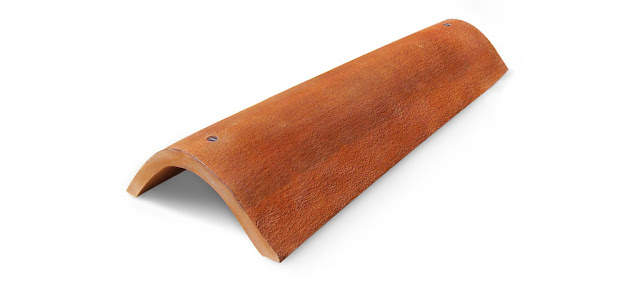"They look exactly like the terracotta tiles used by the Romans, but they produce the electricity that we need to light the frescoes," says Gabriel Zuchtriegel, Director of the Archaeological Park of Pompeii. This solution is part of a more comprehensive strategy to turn costs into savings opportunities and to embrace sustainable development."Pompeii is an ancient city which in some spots is fully preserved. Since we needed an extensive lightning system, we could either keep consuming energy, leaving poles and cables around and disfiguring the landscape, or choose to respect it and save millions of euros."
The traditional PV tiles are made from a polymer compound, which allows the sun's rays to filter through. The photovoltaic cells are then integrated into it by hand and covered with a layer of the polymer compound. "We can also give it the look of stone, wood, concrete, and brick. As a result, such a solution can be installed not only on roofs but also on walls and floors," says Quagliato.Dyaqua's clients are mainly local councils, owning assets that are subject to artistic or architectural constraints..."
The story continues at Techxplore. Kudos to the developers.


No comments:
Post a Comment